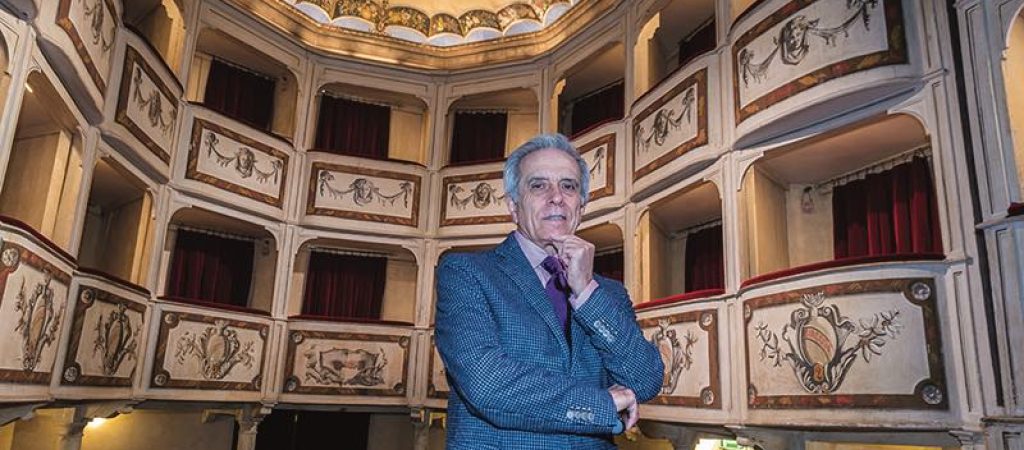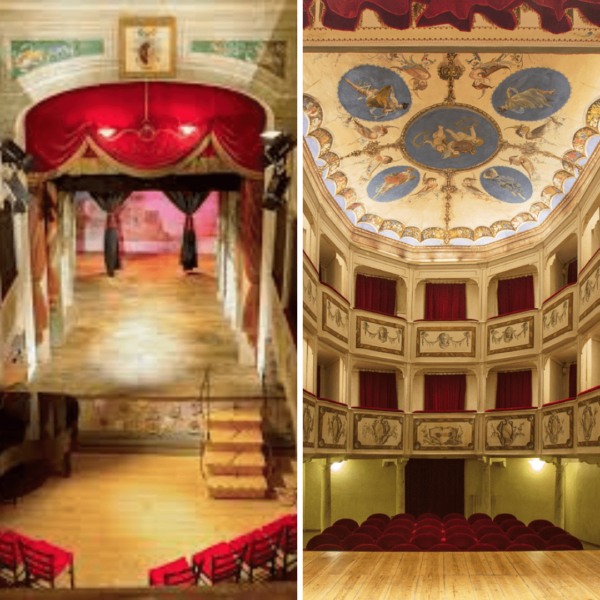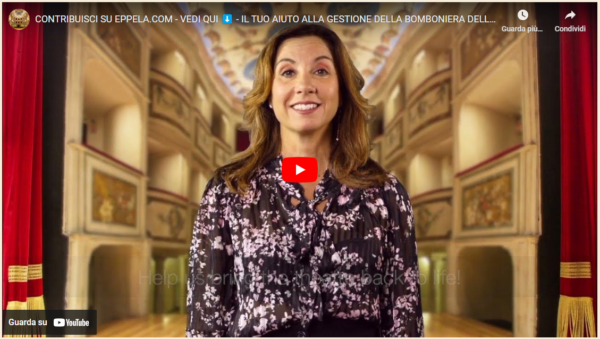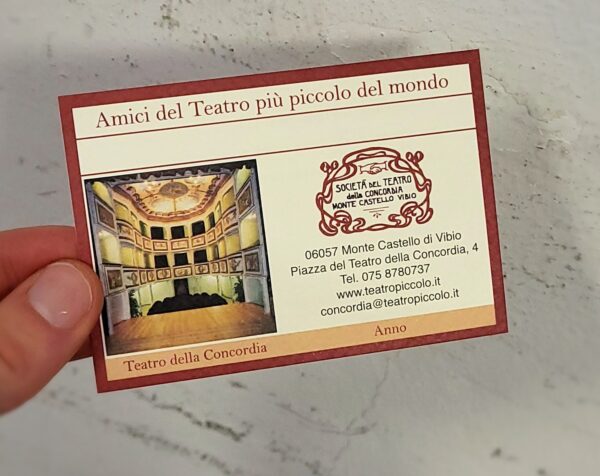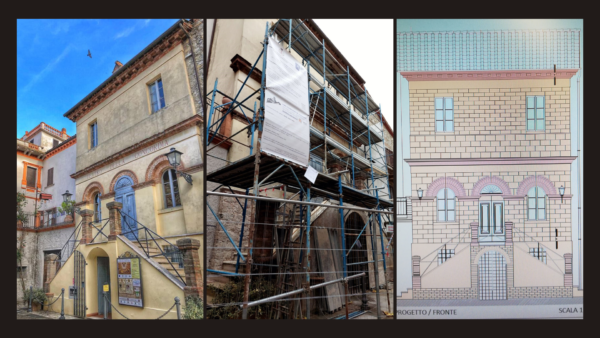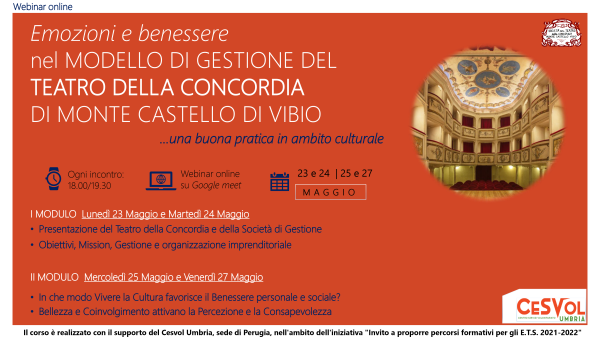Thirty years of management and their value, as told by Edoardo Brenci, president of the Theater Society that managed the main cultural attraction of Monte Castello di Vibio.
Cultural economics, is what I have learned to do in thirty years of dedicated care for the Teatro della Concordia of Monte Castello di Vibio, my village. "People die here," was said at one of the meetings organized by the Municipality in the pre-reopening period of 1994. I became involved in the issue that was plaguing back then, but still persists today, despite the ten thousand visitors the Theater attracts every year.
The Society of Teatro della Concordia, now a Third Sector Entity, was established in July 1993 for the management, following the direction set by the Municipality of Monte Castello di Vibio. Since 1997, I have been its president, managing resources sensibly, to the extent that the management surpluses have helped to cope with the economic damages of the pandemic crisis. In harmony with the Municipality as per the convention relationship, we have turned the cultural asset into an international attraction.
If it had not been made so important, "the world's smallest theater" for its unique structural and artistic characteristics, would not have received funding from the Ministry of Culture today, which will improve the reception, the enhancement of the asset, its functionality and management, public safety, and comfort. Interventions that, if not carried out, can lead theaters to decay and deterioration over time. Therefore, Monte Castello di Vibio can pride itself on government attention to culture, in honor of the principles that inspired the nine families who built the Teatro della Concordia.
Now this Historical Theater Restyling It consecrates an invaluable asset to Monte Castello di Vibio, of which we should all be proud. It's a zero-cost intervention for the community, as the Municipality provides no funding. However, zero does not describe the economic hardship of the Teatro della Concordia Society, which is nonetheless satisfied with the intervention but is disadvantaged in terms of carrying out its activities. The risk is to incur a financial deficit if there are contract extensions, and management cannot resume in October.
"The doing" the long journey in managing this cultural asset has made me realize that valuing 'Culture for Culture' means making it participatory. Cultural tourism, more so than other forms of tourism, has the characteristic of moving people around rather extensive territories throughout the year.
The Cultural innovation processes consider culture as a factor of civilization and the moral and spiritual elevation of citizens (the visiting tourist seeks the 'places of the soul' as an indispensable faith in their human identity); a vehicle for citizen education, an instrument for achieving goals in various fields of public policy (from youth to urban design interventions); an identity factor used for both nation-building purposes and to strengthen the "civic pride" at the regional and local levels; they ensure that 'Cultural heritage and historic city neighborhoods can improve the livability, resilience, and sustainability of urban areas, both old and new.' This is what emerges from a study conducted by the Department for Structural and Cohesion Policies of the European Parliament and supported by the Parliament's Culture Commission.
Considering this, this Association has turned culture into a business! With the commitment of a very active team, today Monte Castello di Vibio is known and ranks among the top results in search engines. And this goal was very close to my heart! The activities undertaken in a wide field of cultural economics have shown a positive impact on the industry, with a 60% economic contribution to the services offered. This innovative aspect, spreading in this digital age of economic regression, can give new momentum and vitality to those hardworking and tireless non-profit knowledge niches, like our Society of the Teatro della Concordia, which strive to maximize their value. Strongly pursuing and developing the processes offered by the web allowed the enjoyment of an increasing number of virtual visitors, which then translated into real on-site knowledge of the Theater by real visitors (individuals or organized groups) interested in appreciating its historical, artistic, and social peculiarities from all over the world. The significant amount spent by the Teatro della Concordia Society, 410,000 euros, serves the purposes of the three statutory points: 135,000 for the protection of the heritage represented by the Teatro della Concordia, 165,000 for the promotion of art and culture, and 110,000 for the enhancement of the territory.
Well, when heritage is well managed, it fascinates and promotes well-being! Collaborating members who are directly interested in giving their volunteer work are highly motivated in their active participation. They work for the proselytism of association life with a constructive and proactive spirit.
I consider my civic commitment to the country and its territory concluded. It is now necessary to make 'Cultural Enterprise,' which promotes, develops, and creates sustainability.
Here, the video of Edoardo Brenci, significant in terms of the value of the cultural asset: https://youtu.be/axOhAgIJ8Rg

